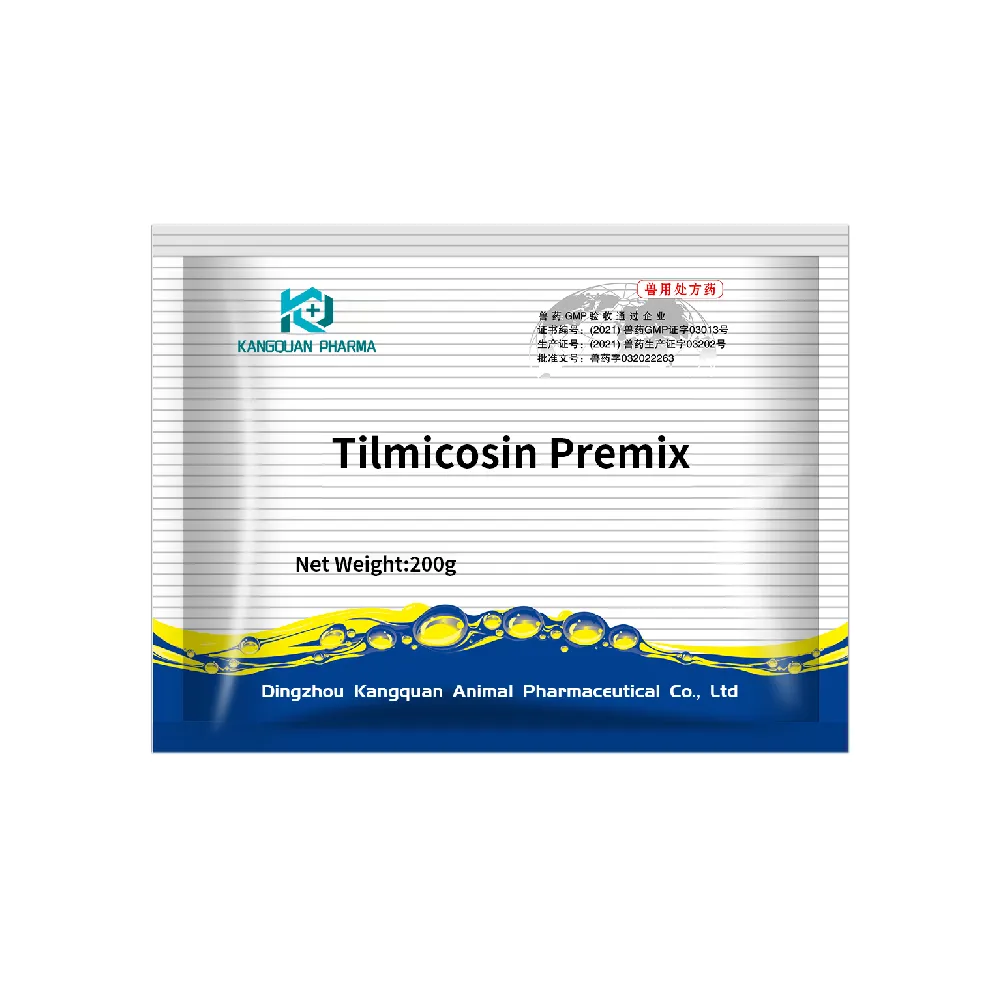- Afrikaans
- Albanian
- Amharic
- Arabic
- Armenian
- Azerbaijani
- Basque
- Belarusian
- Bengali
- Bosnian
- Bulgarian
- Catalan
- Cebuano
- Corsican
- Croatian
- Czech
- Danish
- Dutch
- English
- Esperanto
- Estonian
- Finnish
- French
- Frisian
- Galician
- Georgian
- German
- Greek
- Gujarati
- Haitian Creole
- hausa
- hawaiian
- Hebrew
- Hindi
- Miao
- Hungarian
- Icelandic
- igbo
- Indonesian
- irish
- Italian
- Japanese
- Javanese
- Kannada
- kazakh
- Khmer
- Rwandese
- Korean
- Kurdish
- Kyrgyz
- Lao
- Latin
- Latvian
- Lithuanian
- Luxembourgish
- Macedonian
- Malgashi
- Malay
- Malayalam
- Maltese
- Maori
- Marathi
- Mongolian
- Myanmar
- Nepali
- Norwegian
- Norwegian
- Occitan
- Pashto
- Persian
- Polish
- Portuguese
- Punjabi
- Romanian
- Russian
- Samoan
- Scottish Gaelic
- Serbian
- Sesotho
- Shona
- Sindhi
- Sinhala
- Slovak
- Slovenian
- Somali
- Spanish
- Sundanese
- Swahili
- Swedish
- Tagalog
- Tajik
- Tamil
- Tatar
- Telugu
- Thai
- Turkish
- Turkmen
- Ukrainian
- Urdu
- Uighur
- Uzbek
- Vietnamese
- Welsh
- Bantu
- Yiddish
- Yoruba
- Zulu
nov . 27, 2024 11:56 Back to list
Optimal Antibiotics for Treating Upper Respiratory Infections in Adults and Children
What is the Best Antibiotic for Upper Respiratory Infection?
Upper respiratory infections (URIs) are among the most common ailments affecting individuals of all ages. They encompass a range of illnesses, including the common cold, sinusitis, and pharyngitis, which can cause symptoms such as a runny nose, sore throat, cough, and headache. While many URIs stem from viral infections and resolve without the need for antibiotics, understanding their nature and appropriate treatment options is crucial for effective management.
Understanding Upper Respiratory Infections
URIs are primarily caused by viruses, particularly rhinoviruses, coronaviruses, and adenoviruses. These viruses are transmitted easily through respiratory droplets, making URIs highly contagious. Bacterial infections can also occur, often as secondary infections following a viral URI. Common bacteria involved in these cases include Streptococcus pneumoniae and Haemophilus influenzae.
Given the viral nature of most URIs, health care providers typically discourage the use of antibiotics as a first-line treatment. Antibiotics are effective against bacterial infections but not against viruses, which means using them unnecessarily can contribute to antibiotic resistance—a significant public health concern. The Centers for Disease Control and Prevention (CDC) emphasizes the importance of preventing antibiotic misuse.
When Are Antibiotics Necessary?
While antibiotics are not required for the majority of URIs, there are specific situations where they may be prescribed. If a patient shows signs of a bacterial infection, such as high fever, severe symptoms, or prolonged illness, a doctor may order antibiotics to combat the infection. For instance, bacterial sinusitis or streptococcal pharyngitis (strep throat) may necessitate antibiotic treatment due to the risk of complications if left untreated.
The choice of antibiotic depends on the suspected bacteria causing the infection. Commonly prescribed antibiotics for bacterial URIs include penicillin and its derivatives, azithromycin, and amoxicillin-clavulanate. Amoxicillin is often the first-line treatment for acute bacterial sinusitis, while azithromycin can be prescribed for patients allergic to penicillin.
what is the best antibiotic for upper respiratory infection

Choosing the Right Antibiotic
Selecting the appropriate antibiotic involves considering several factors, including the patient's medical history, allergies, and the severity of symptoms. For example, in cases of strep throat, a healthcare provider might choose penicillin because it is effective and has a narrow spectrum, minimizing its impact on non-target bacteria.
It's important to note that antibiotics should be used judiciously. Over-prescribing antibiotics when they are unnecessary can lead to adverse effects, including digestive issues and increased risk for future infections due to altered microbiomes. Public health campaigns have sought to educate both patients and healthcare providers about the risks of unnecessary antibiotic use.
The Role of Symptomatic Treatment
In many cases, especially those involving viral infections, the best approach is to focus on symptomatic treatment rather than antibiotics. Over-the-counter medications can help alleviate symptoms like fever and congestion. Rest, hydration, and good nutrition are also vital to promoting recovery.
Patients should also be encouraged to seek medical attention if symptoms worsen or persist beyond a typical duration—usually around 10 days for most URIs. A healthcare practitioner can then assess whether further evaluation or treatment is necessary.
Conclusion
In summary, while the best antibiotic for an upper respiratory infection often hinges on the underlying cause of the infection, it is generally advisable to reserve antibiotics for confirmed bacterial cases. Awareness of the distinction between viral and bacterial infections is essential for proper management and minimizing the risk of antibiotic resistance. Patients experiencing respiratory symptoms should prioritize symptomatic care and consult healthcare providers for guidance, ensuring a responsible approach to treatment and recovery. As research continues, the medical community will strive to maintain a delicate balance between effectively treating infections while safeguarding antibiotic efficacy for future generations.
-
Guide to Oxytetracycline Injection
NewsMar.27,2025
-
Guide to Colistin Sulphate
NewsMar.27,2025
-
Gentamicin Sulfate: Uses, Price, And Key Information
NewsMar.27,2025
-
Enrofloxacin Injection: Uses, Price, And Supplier Information
NewsMar.27,2025
-
Dexamethasone Sodium Phosphate Injection: Uses, Price, And Key Information
NewsMar.27,2025
-
Albendazole Tablet: Uses, Dosage, Cost, And Key Information
NewsMar.27,2025













